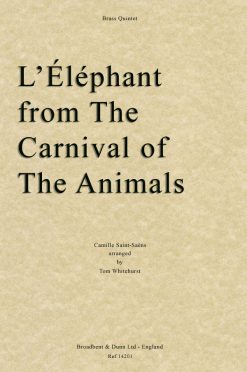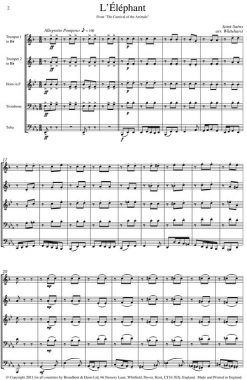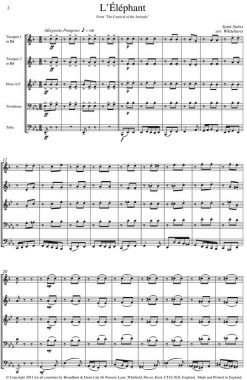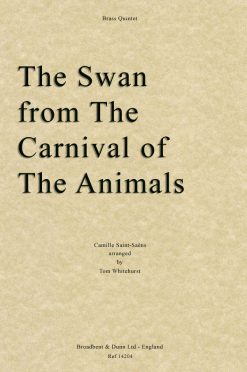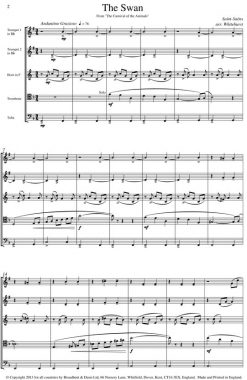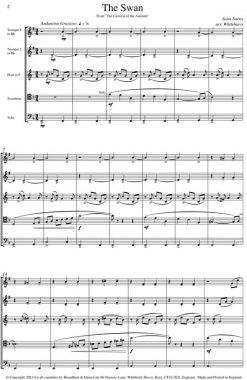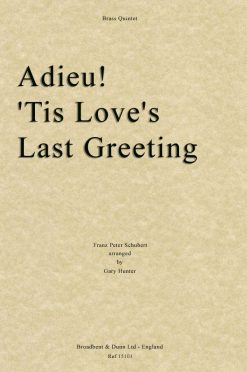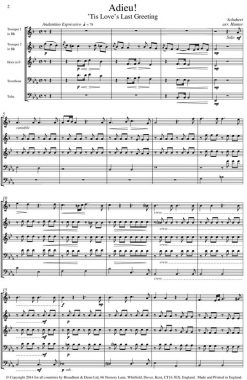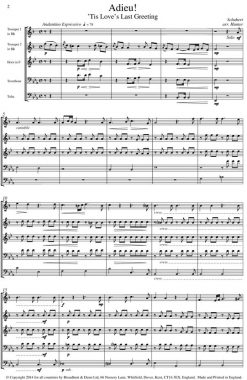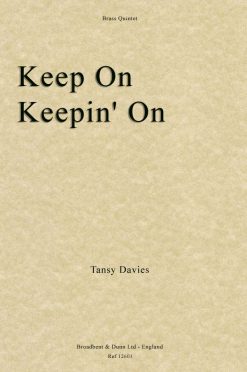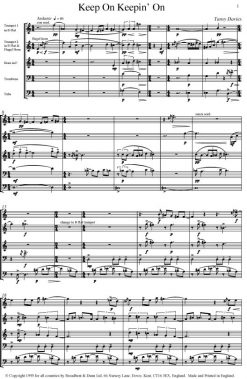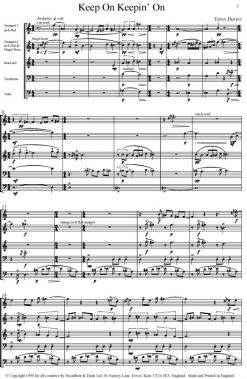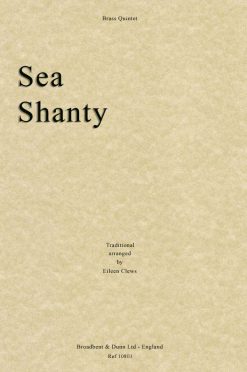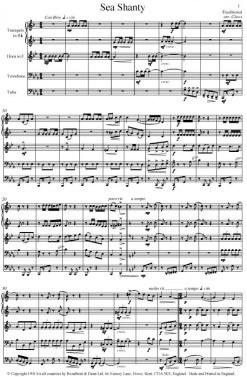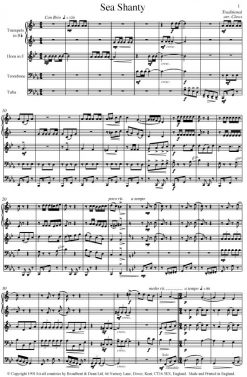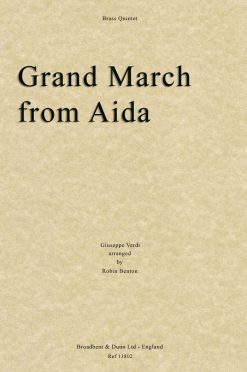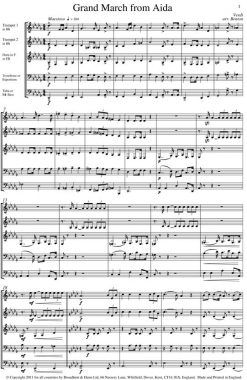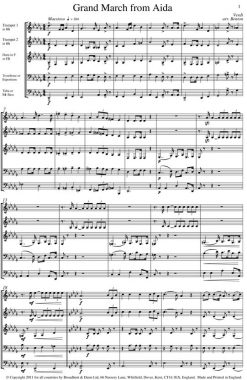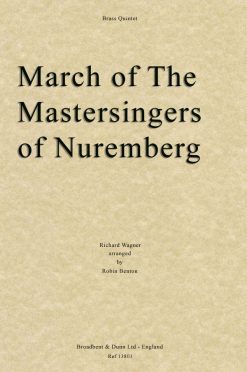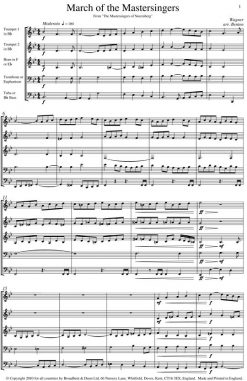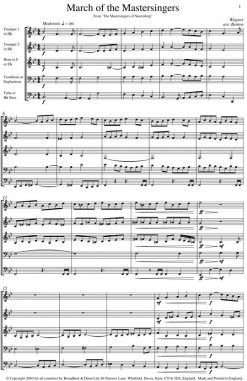Brass Quintet
Saint-Saëns – L’Éléphant from The Carnival of the Animals (Brass Quintet) – Parts Digital Download
Brass Quintet
Saint-Saëns – L’Éléphant from The Carnival of the Animals (Brass Quintet) – Score Digital Download
Brass Quintet
Saint-Saëns – The Swan from The Carnival of the Animals (Brass Quintet) – Parts Digital Download
Brass Quintet
Saint-Saëns – The Swan from The Carnival of the Animals (Brass Quintet) – Score Digital Download
Brass Quintet
Brass Quintet
Brass Quintet
Brass Quintet
Wagner – March of The Mastersingers of Nuremberg (Brass Quintet) – Parts Digital Download
Brass Quintet
Wagner – March of The Mastersingers of Nuremberg (Brass Quintet) – Score Digital Download

